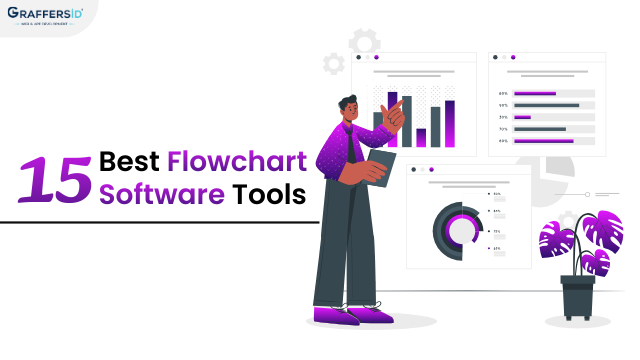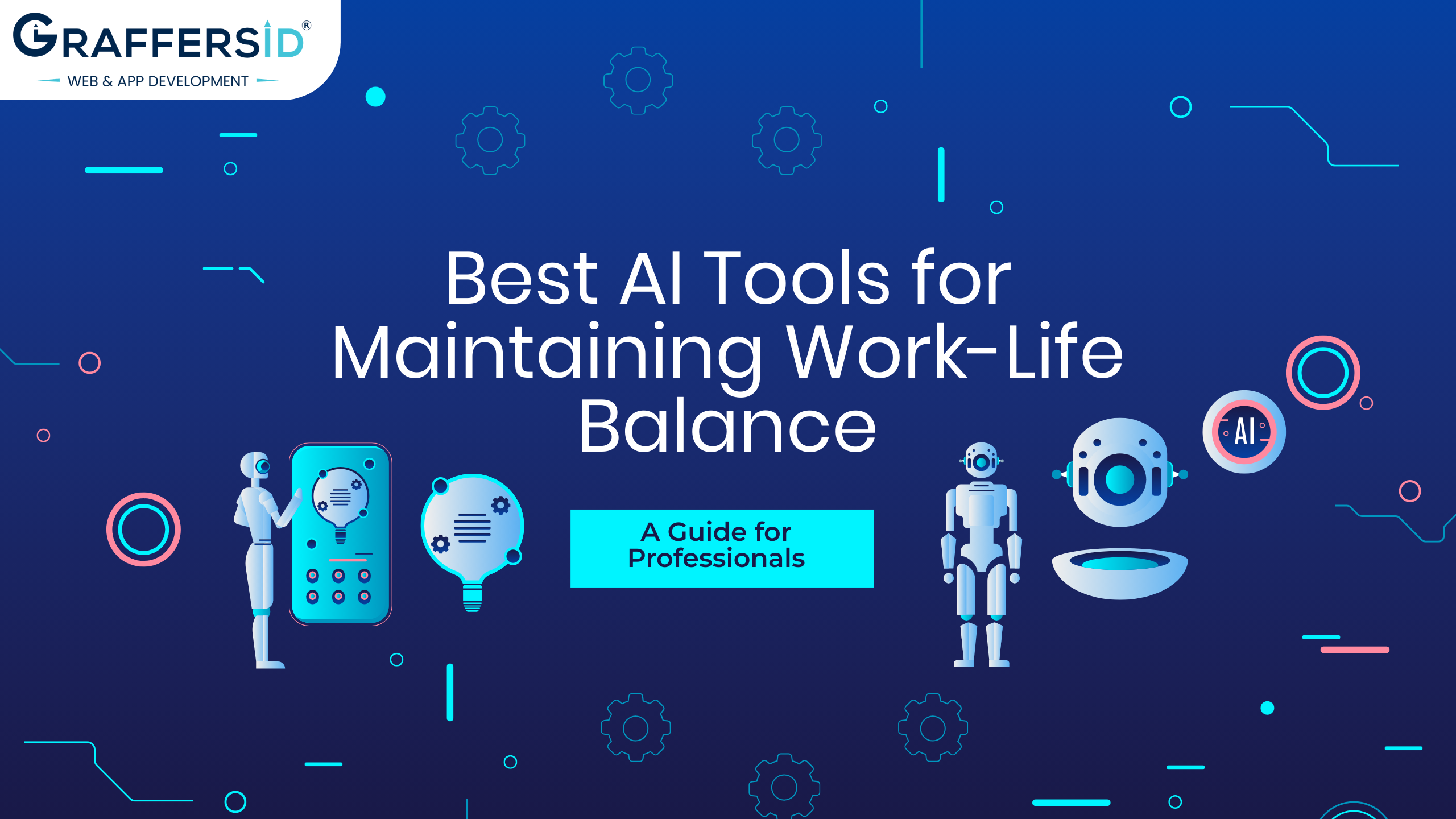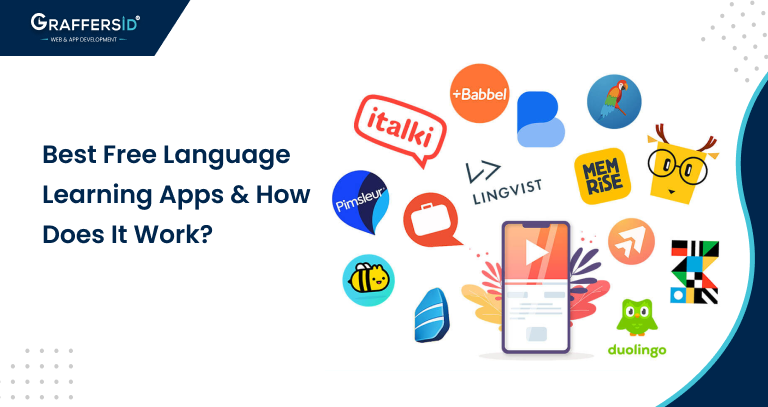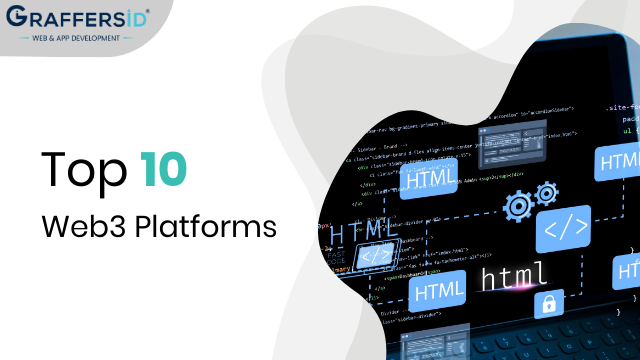15 Best Flowchart Software Tools in...
Apr 25, 2024
Flowcharts have become an indispensable tool for businesses, educators, and individuals alike. They provide a visual representation of processes, helping to streamline workflows, improve communication,...













